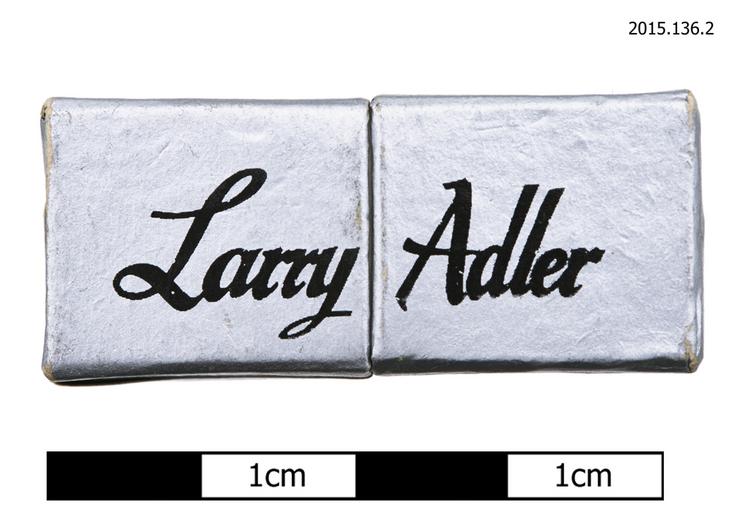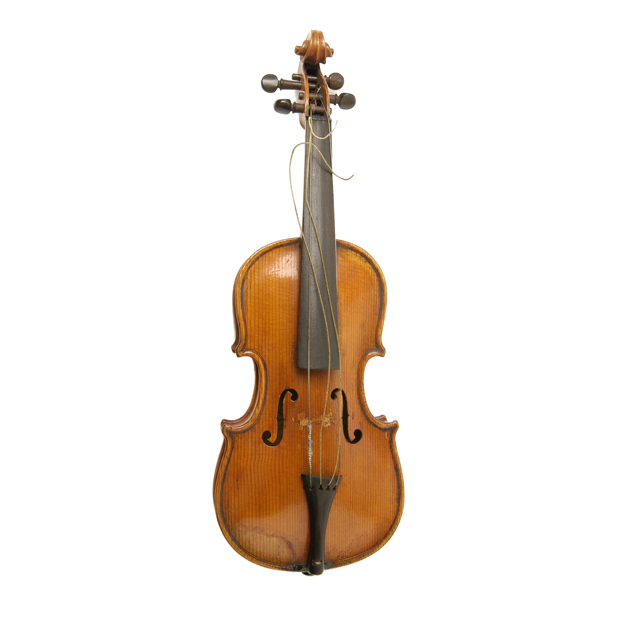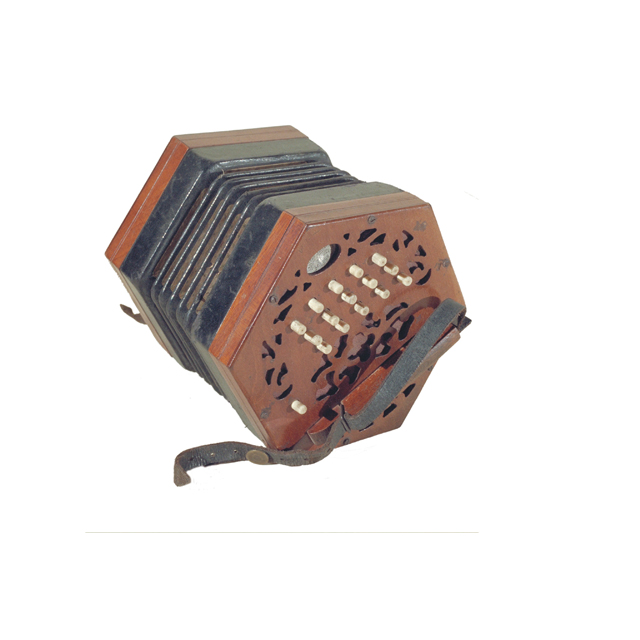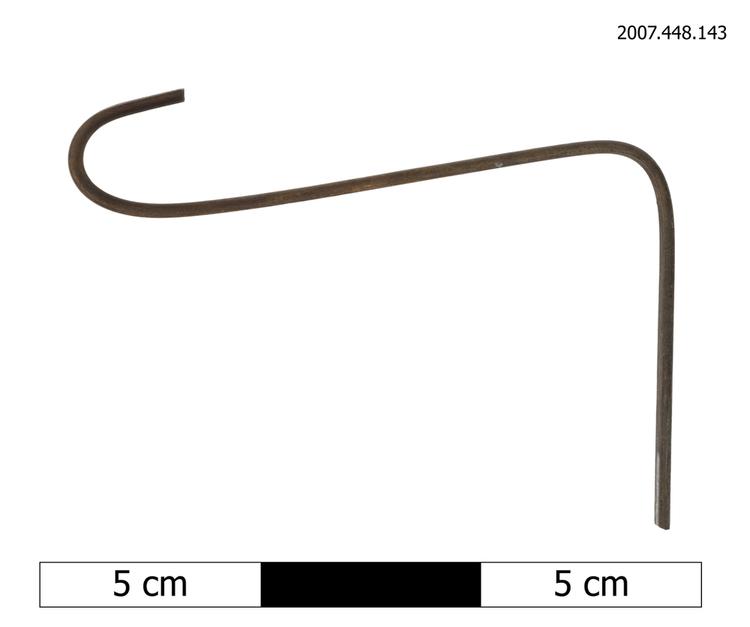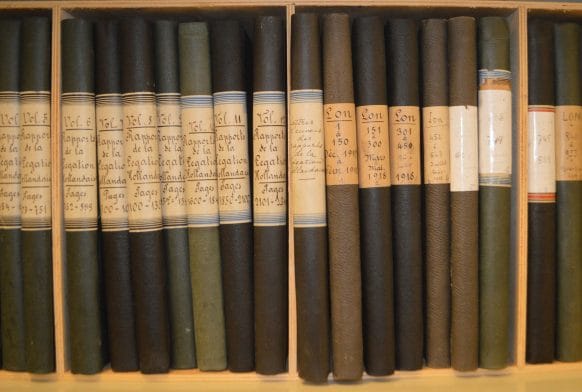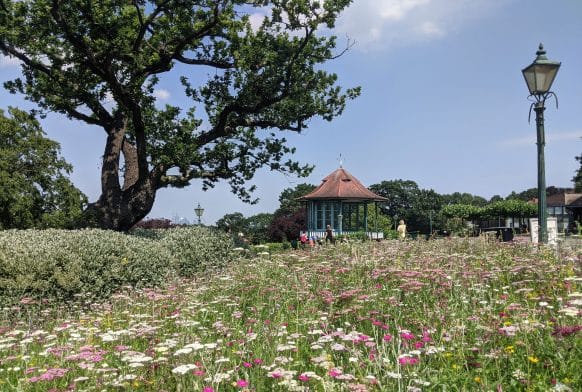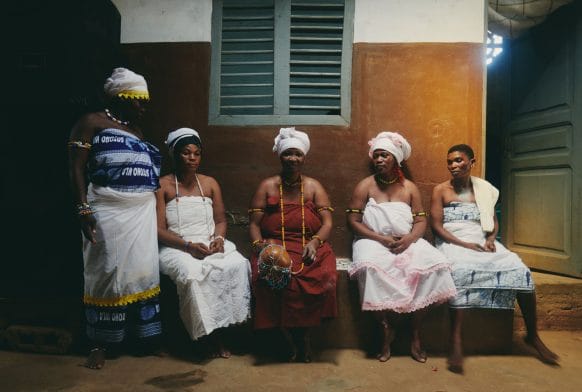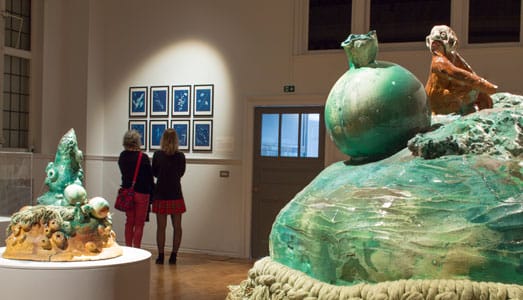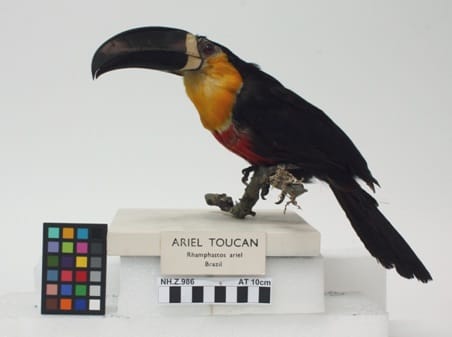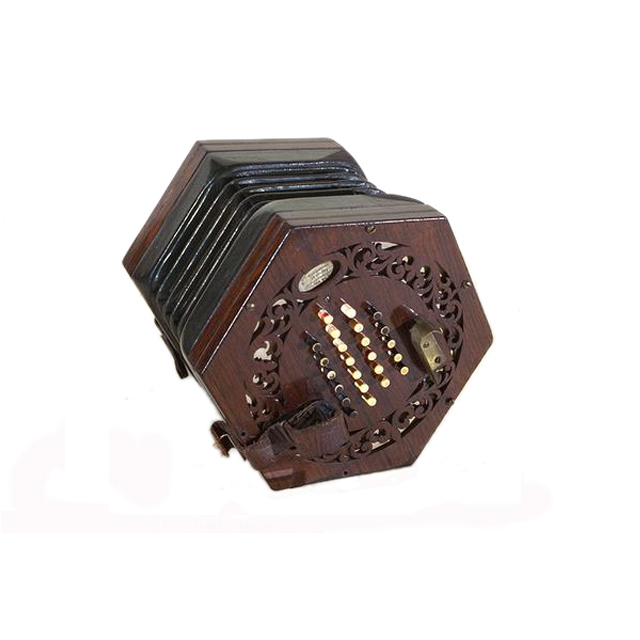
English system concertina. Serial number 967. Oval paper label: 'By His Majesty's Letters Patent, C. Wheatstone, Inventor, 20 Conduit St., Regent St., London.' Rosewood ends built to standard width: 6.25 inches across parallel sides. 48 ivory buttons, black accidentals, stamped with note names. Later leather straps. Four-fold green leather bellows with gold embossed papers. Square-end nickel silver reeds.
In 1844, Charles Wheatstone (1802-1875) best known for his work in the field of physics, patented the 48-button English-system concertina. Charles Wheatstone's family had been involved in the musical instrument trade for some years, and his brother, William Dolman Wheatstone, joined the firm in 1837. The following information is recorded regarding the purchase of this instrument in the ledgers of the Wheatstone concertina factory (http://www.horniman.info): July 28 1845: C Hale (C1046, p.37); 48 [keys] Mr Ch[arle]s Hale 164 28 July 45 (C104a, p.50). Here the number 164 is probably the serial number of an instrument he exchanged for this one (967). The name Charles Hale is frequently cited in Wheatstone's production ledgers, suggesting that he was a music teacher or instrument dealer, buying concertinas on behalf of others. The concertina is classified according to the system of Hornbostel and Sachs as a 'set of free reeds, with flexible air reservoir and keyboard'.



